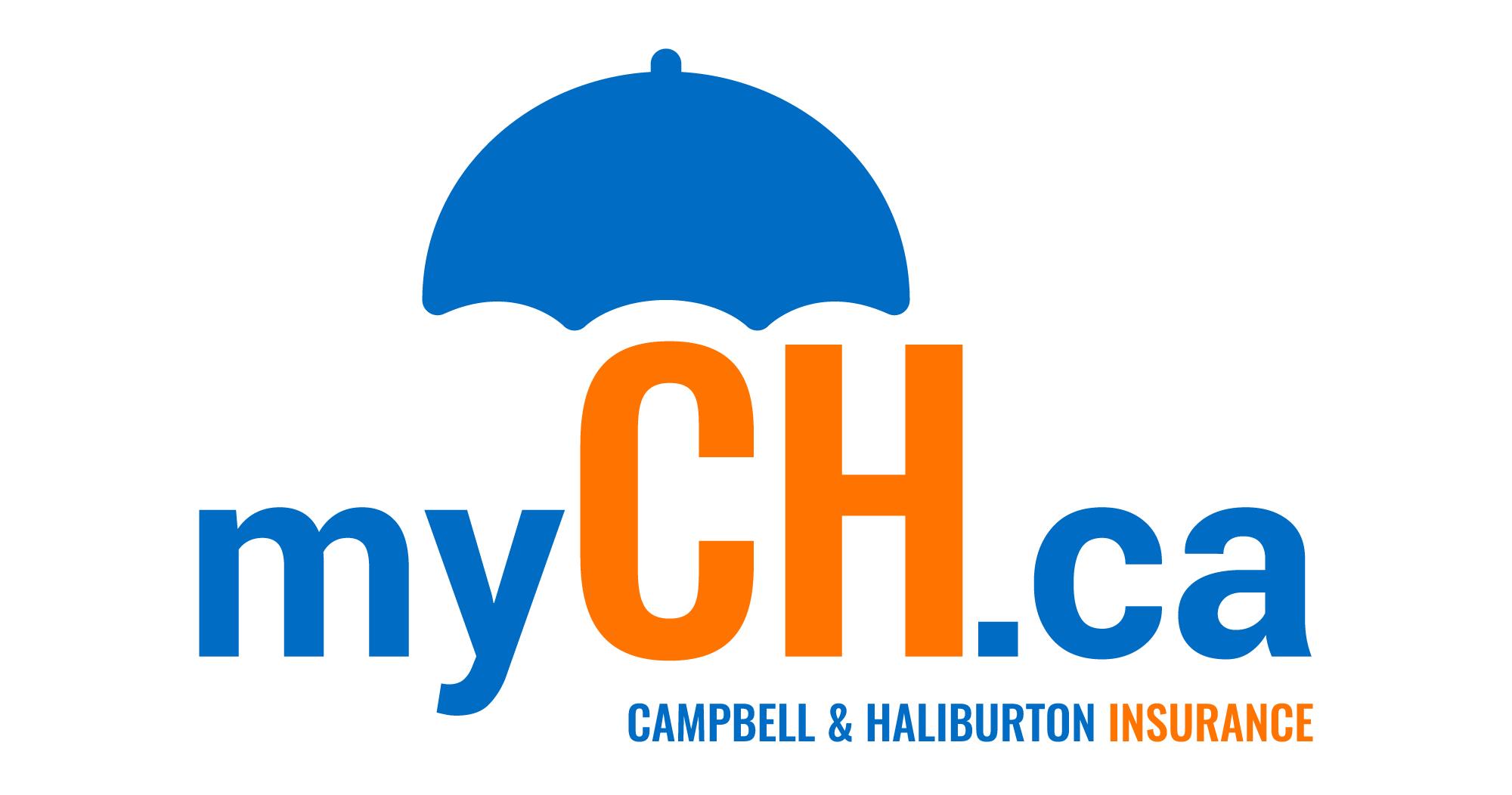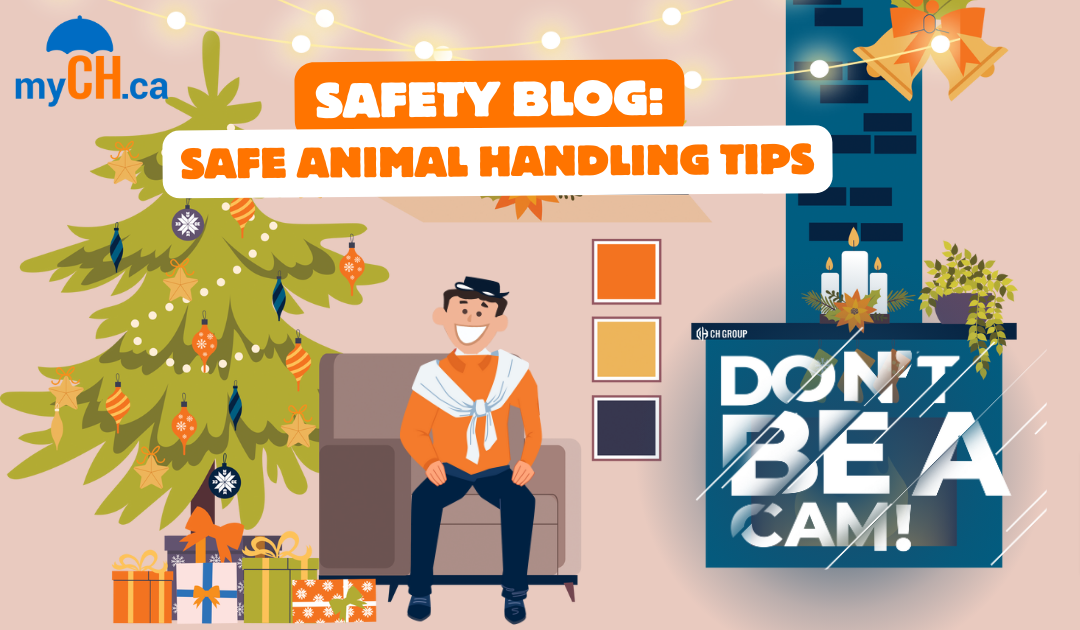myCH.ca is excited to share some very important safe animal handling tips! Workplace Safety and Prevention Services in particular provides essential tips on safely handling large animals. Despite many animals appearing complacent by nature, injuries can occur when least expected. Further, understanding animal behaviour is essential to ensure the handler’s safety and that of others who may come in contact with the animal.
Safe Animal Handling Tips
Large Animal Injuries
Common large animal injuries can include being:
- Stepped on
- Knocked down
- Kicked
- Thrown while riding
- Pinned against a hard surface
- Bites
Safe Facilities and Equipment
Proper equipment and facilities are important to safely working with large animals. These include:
- Restraining equipment for maintenance or healthcare
- Pens with a man gate or other form of exit, if required
- Crowd gates should be used when sorting animals
- Catwalks along chutes and alleys should be used to avoid working in alleys
- Surfaces that are even, free of textures, and free of tripping and slipping hazards
- Eliminating protruding objects or sharp corners and turns
- Evenly diffused lighting removes bright spots and shadows, which can startle large animals
- Loading ramps and chutes with solid walls to prevent outside distractions and lower stress
- Avoiding loud, abrupt noises
- Painting handling facilities a single colour to avoid sudden changes in colour or texture
Animal Behavioural Patterns
Understanding animal behaviour is vital to anticipating issues when handling large animals. Be aware of behavioural patterns such as:
- Horses and mules commonly kick toward their hindquarters.
- Cows kick forward or to the side.
- Cows will more commonly kick to the side when experiencing pain.
- Animals with young will be more challenging to handle, so keep the young nearby.
- Avoid forcibly moving animals from one area to another wherever possible.
- Bovines have almost a 360-degree range of vision without moving their heads, so distracting movements anywhere in the environment can cause animals to resist movement.
- Quietly announce to the animal that you are approaching; use a gentle touch.
- Be aware that animals who are deaf or blind on one side may suddenly swing their heads to that side to investigate noise or movement.
- When reacting to a situation, animals respond to past treatment; treat young animals with respect.
Personal Protective Equipment
Wearing Personal Protective Equipment (PPE) is crucial to safe animal handling tips. This is because it ensures the safety of the handler, including:
- Safety glasses
- Gloves
- Long trousers
- Steel-toed shoes or work boots
- Shin guards
- Hard hat
- Always practice safe hygiene by washing hands and face after contact with animals
For more information on handling large animals, please refer to the Workplace Safety and Prevention Services Fact Sheet.


